
views
Identifying Poor Posture

The first thing you should do is to try to identify any issues with your current posture. Many postural issues happen due to the muscles used to hold a joint in place are out of balance. Improving your posture does not require much, but for this step you will need a mirror. Begin by doing a standing assessment of your posture by standing in front of a mirror with form fitting clothing. Do this assessment barefooted Relax your body and try not to force yourself to stand in a manner that you would not normally stand.
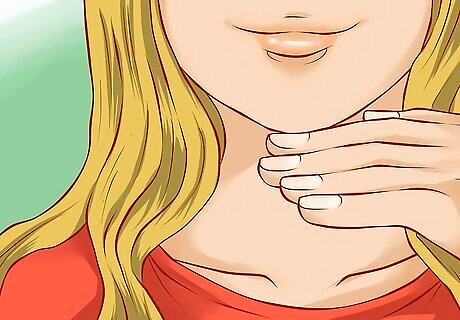
Try to identify any deviations that you could have in your head and neck area. Your chin should be parallel with the floor. Your head should be erect. When looking from a side view, your head is erect and not slouch either forward or backwards.
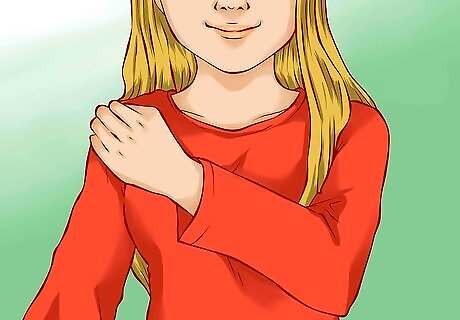
See if there are any deviations in your shoulder area. The shoulders should be parallel with each other. When looking from the side view, your shoulders should be line up with your ears If one side is more elevated than the other, there is an issue. That means that your trapezius muscle is overactive.
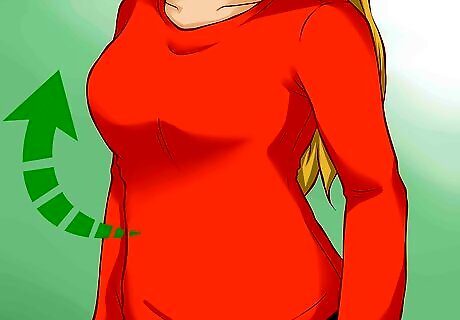
Identify any issues with the alignment in chest and upper back. Your chest should be up. You should be able to see three distinct curves behind your back. The ribs should be over the hips.
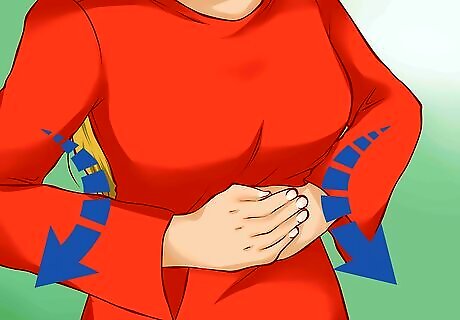
Identify any issues with the alignment in your lower half. Your lower back should have a slight curve. Your pelvis and spine should be in a neutral position. Your lower abdomen should be flat.
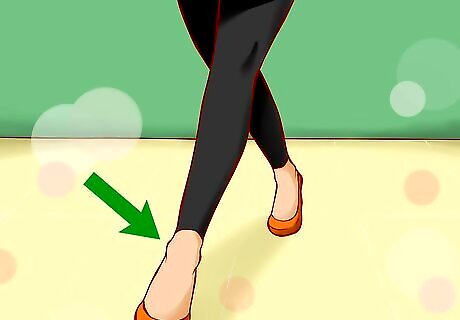
Look at the alignment of your feet and ankles. Like your neck shoulders, chest, and back, your feet and ankles also need to have proper alignment. Your feet and ankles should be faced forward, and not turned inward or outward.
Improving Postural Issues
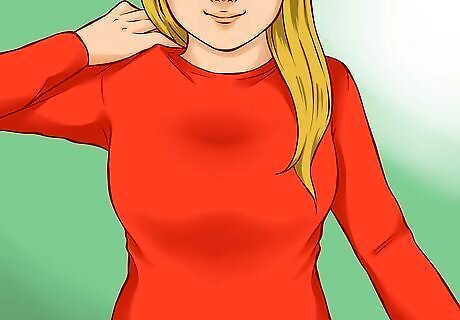
Once the problems with your posture have been identified, work on fixing them. Try to do daily activities evenly on both sides of your body To improve to alignment of your neck, performing daily activities to strengthen the muscles in your neck This can include chewing, lifting, pulling, and carrying objects evenly on both sides of your neck To improve alignment in your shoulders, try performing daily activities evenly on both sides of your shoulders
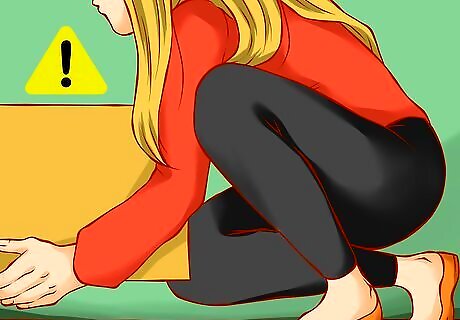
Try to avoid doing activities that may cause injury or strain your body. Injuries are a common cause of poor posture, so try to avoid doing things that may unintentionally injure your back When picking up heavy objects, lift with your knees, not your waist When carrying heavy objects, keep them close to your chest to relieve any added pressure to your lower back and puts more pressure on your arms and chest Avoid wearing overweight purses or backpacks over one shoulder Do not persist on doing exercises if you experience pain, pulled muscles, or joints clicking
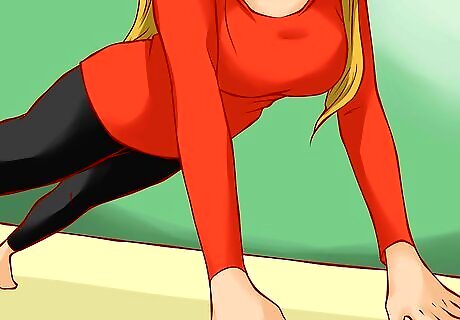
Do activities that will support your spine. After menopause, women are more likely to have more weakened muscles around the spine compared to men. Try doing exercises that stimulate your back muscles. Go lighter on bench presses and push up exercises, and focus more on exercises that simulate rowing or pulling are recommended.
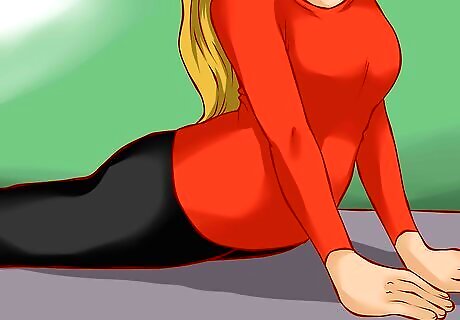
Do exercises that will strengthen your core muscles. Improving your core strength refers to your abdomen and pelvic area. These muscles are the foundations needed for good posture Yoga and Pilates are great activities to do in order to build your core strength EXPERT TIP Eric Christensen, DPT Eric Christensen, DPT Physical Therapist Eric Christensen is a Physical Therapist based in Chandler, Arizona. With over a decade of experience, Eric works in both orthopedic and neurological fields and specializes in custom orthotic prescription and casting, vestibular reprogramming, and manual therapy. He holds a Bachelor’s degree in Exercise Science with a focus in Sports Medicine from Colorado State University and a Doctor of Physical Therapy from Regis University. In practice, Eric takes a developmental approach to rehabilitation utilizing the Selective Functional Movement Assessment. He uses functional movement patterning and manual therapy to return patients to prior levels of function. Eric Christensen, DPT Eric Christensen, DPT Physical Therapist Strengthen your posture naturally. Posture braces can help remind you to stand up straight, but relying on them too much can weaken the muscles that support good posture. It’s better to actively work on your posture, doingg exercises that strengthen your back and shoulders so you can maintain your posture on your own.
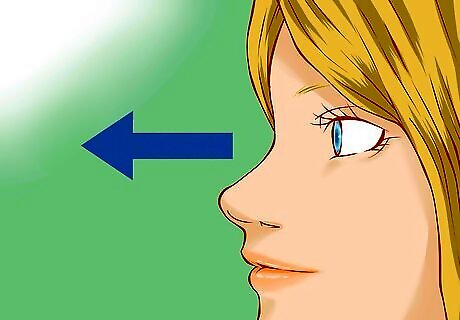
Try to develop better habits while both sitting and standing. Try not to slouch when using a computer. Place both feet firmly on the ground when you're sitting in a chair. Keep your knees and hips bent at a 90-degree angle while seated. Get into the habit of not slouching while walking. Keep your head up, chest out, and shoulders back. Keep your eyes looking ahead and not at the ground.

Try to improve your overall eating habits. Eating healthy helps maintain bone health and overall improve your posture. Calcium has well known bone benefits. Vitamin D is also important for bone health.

















Comments
0 comment